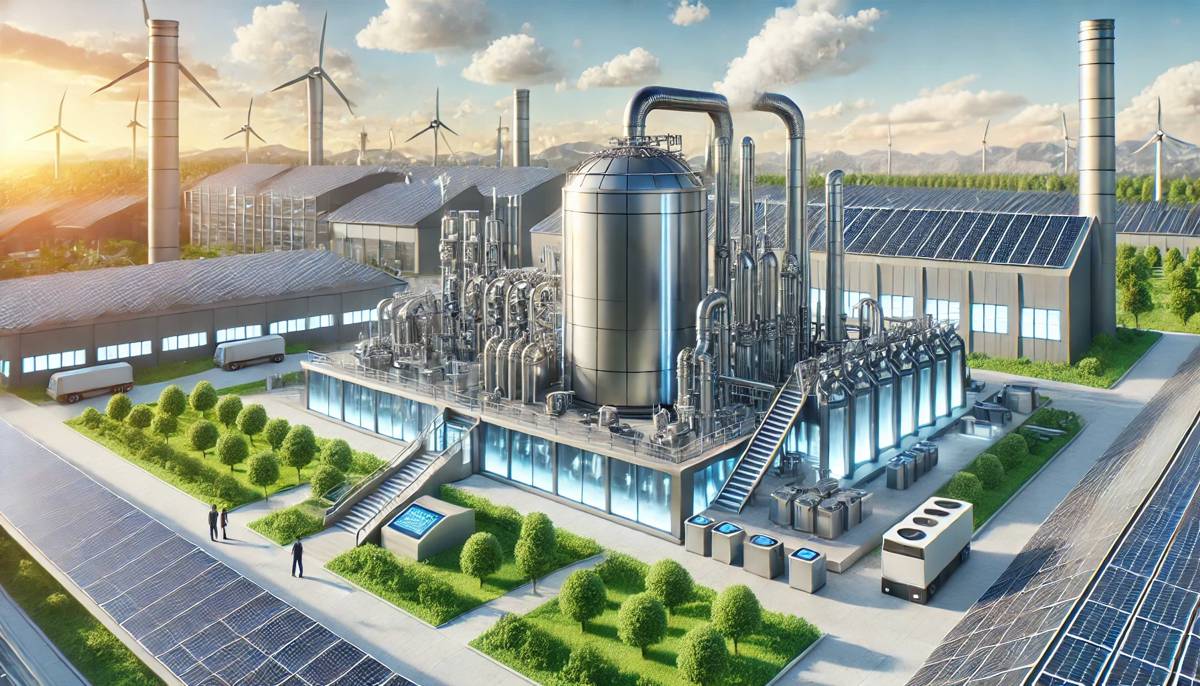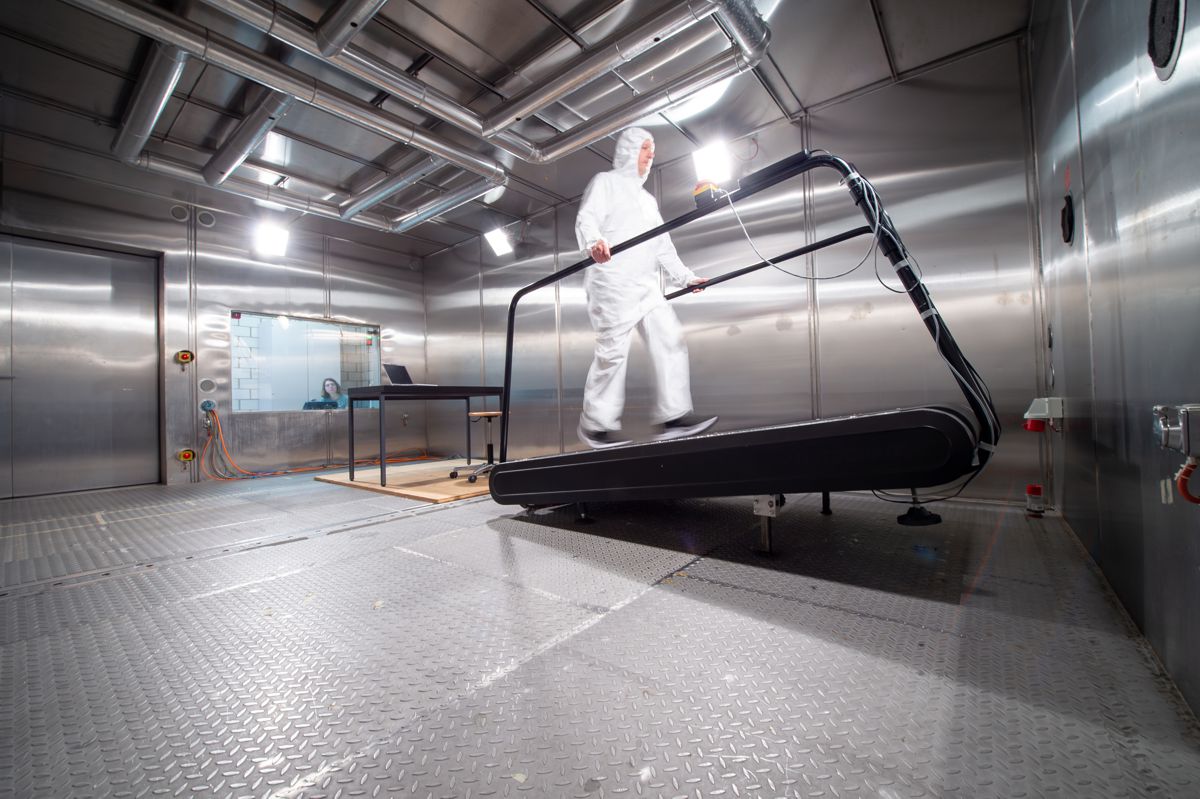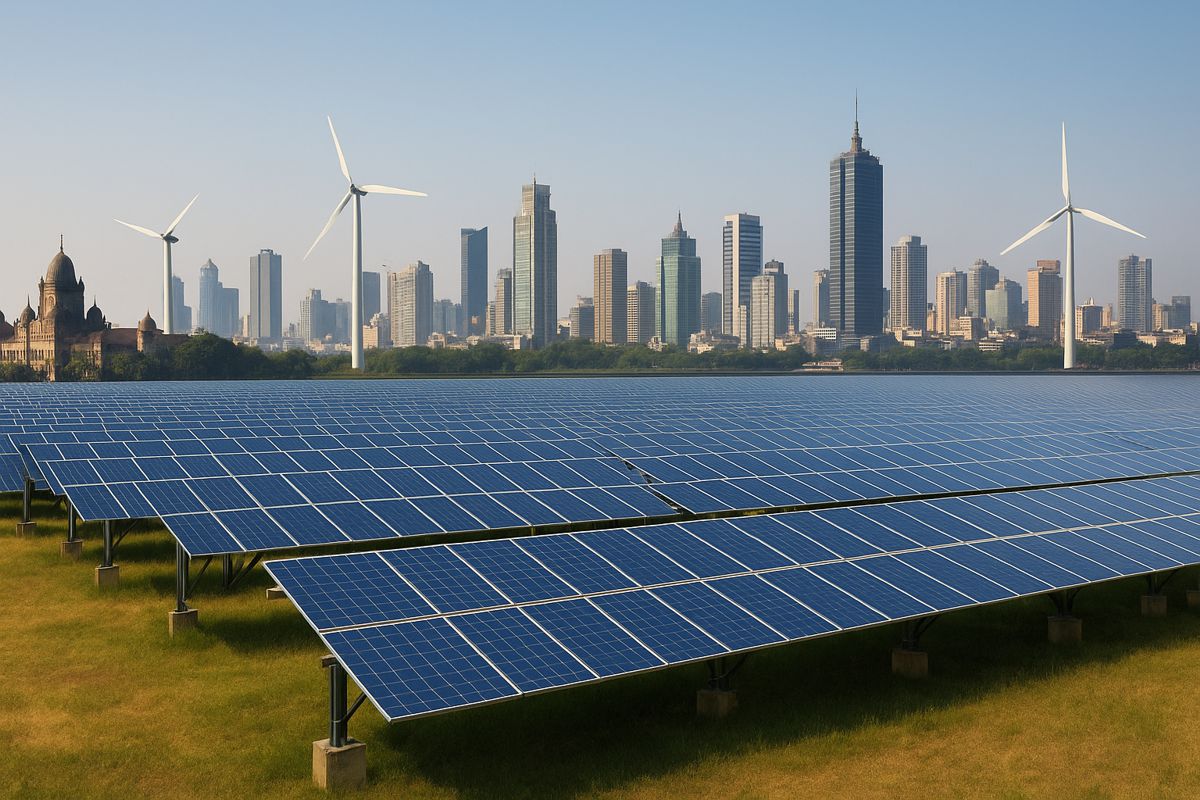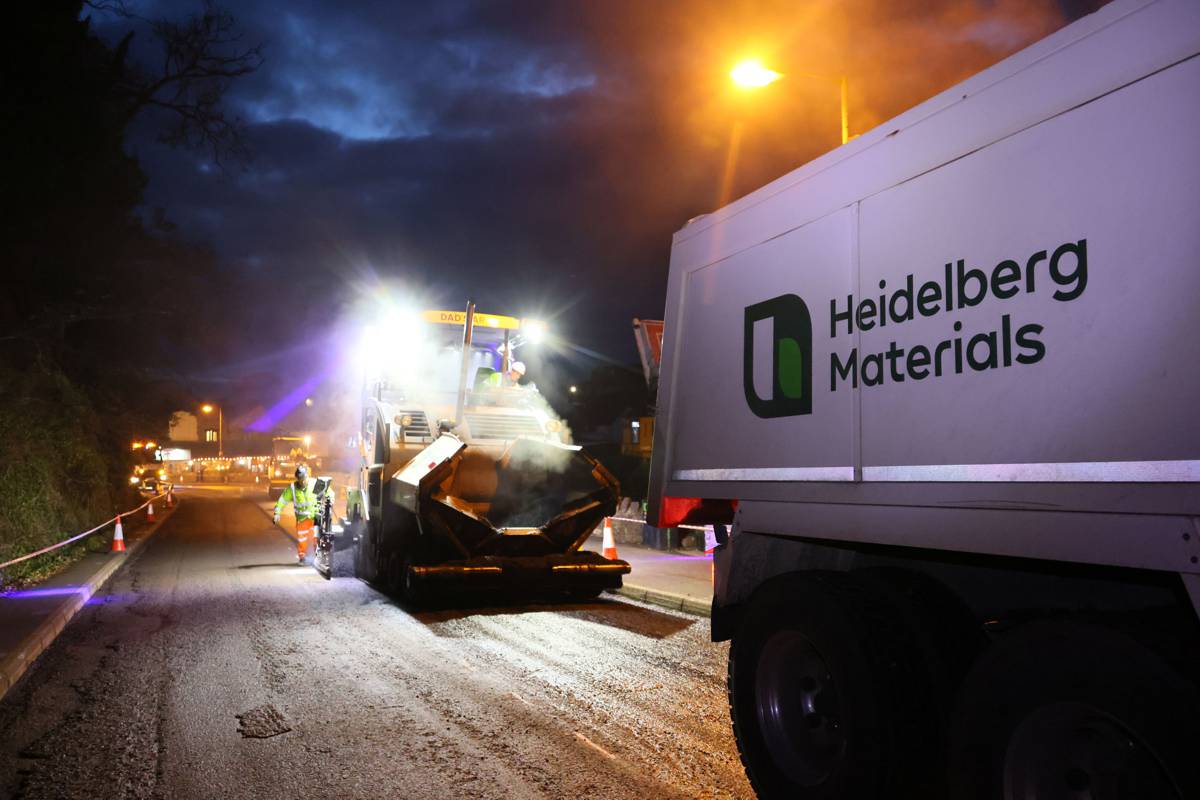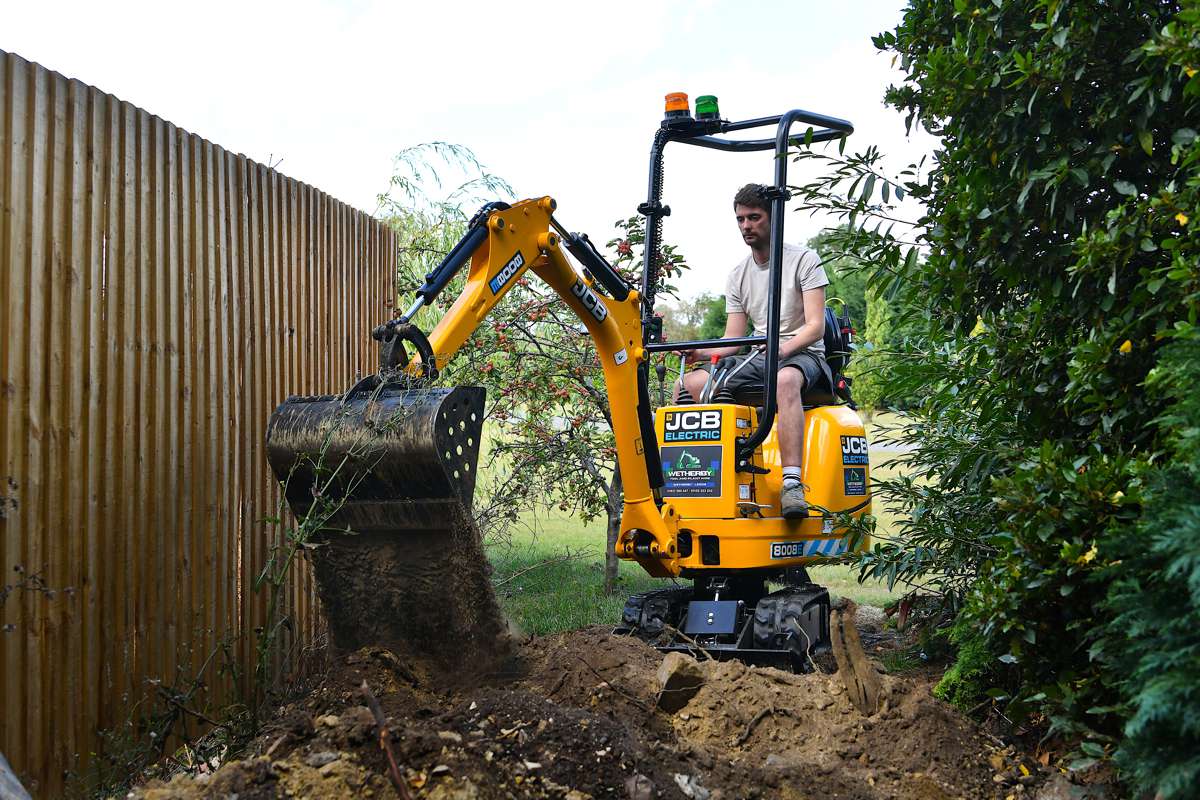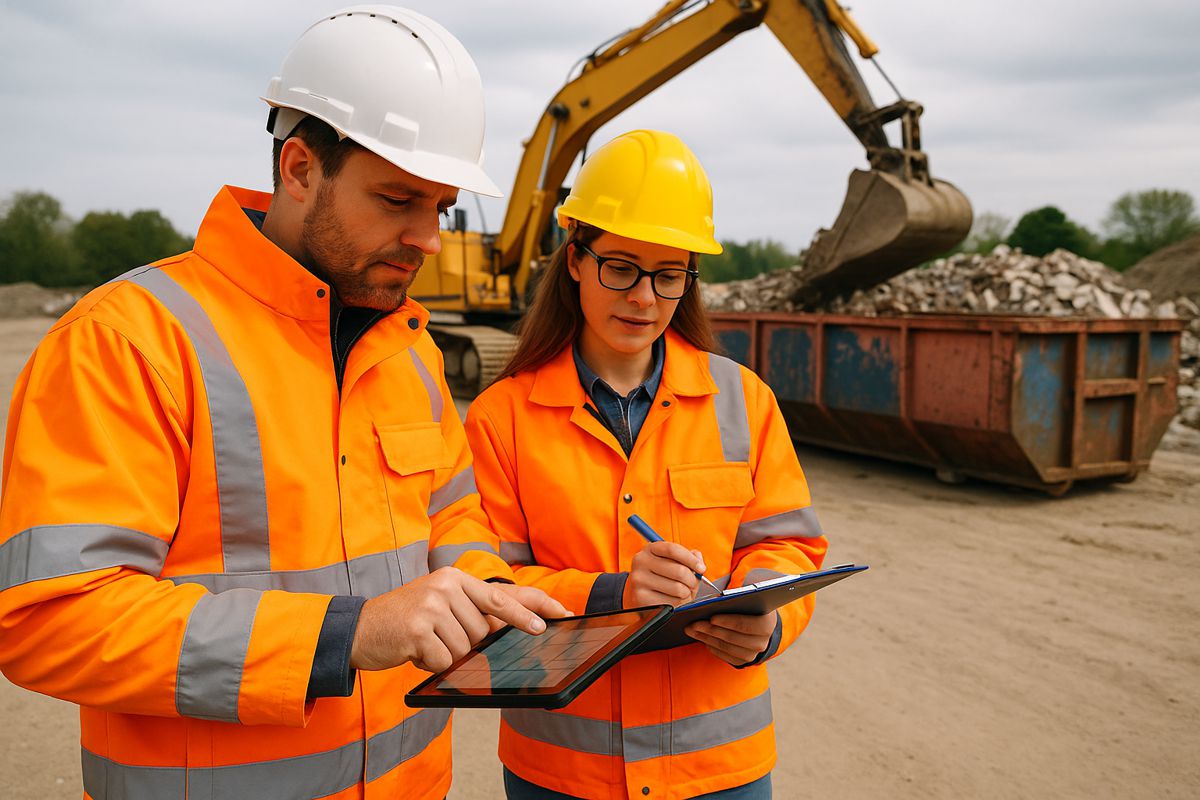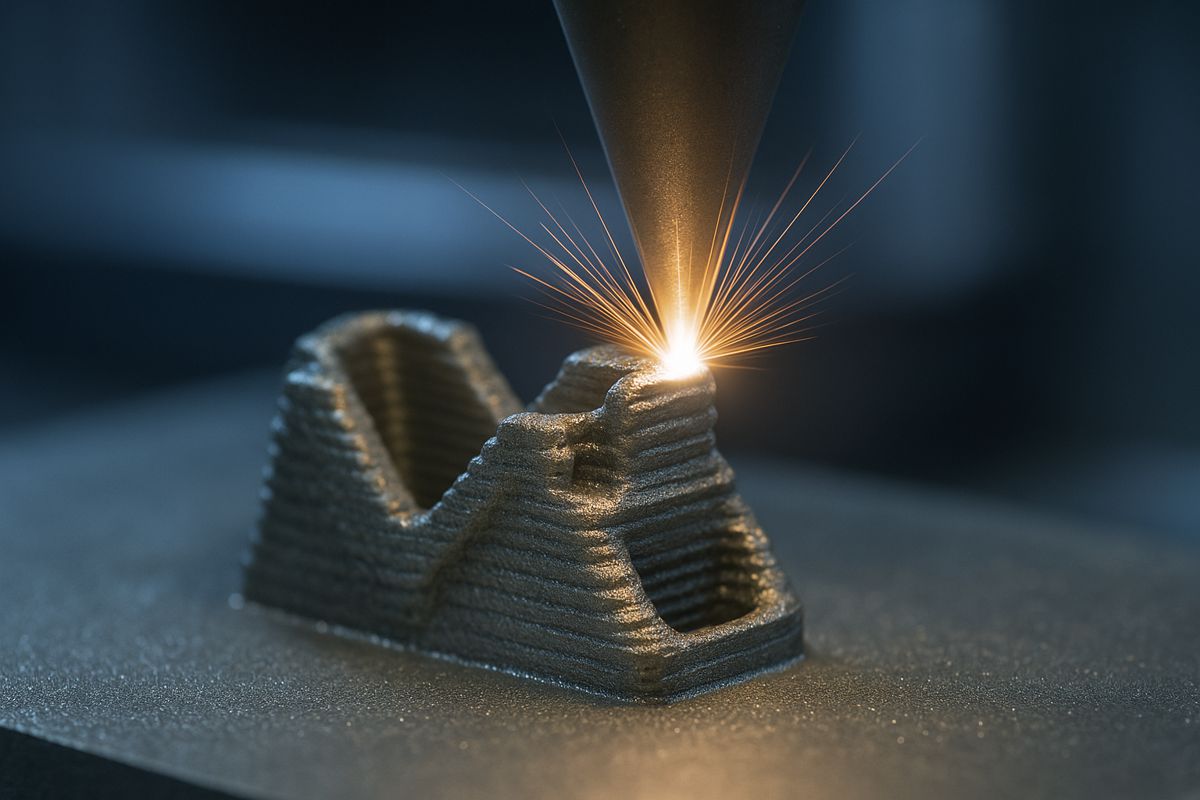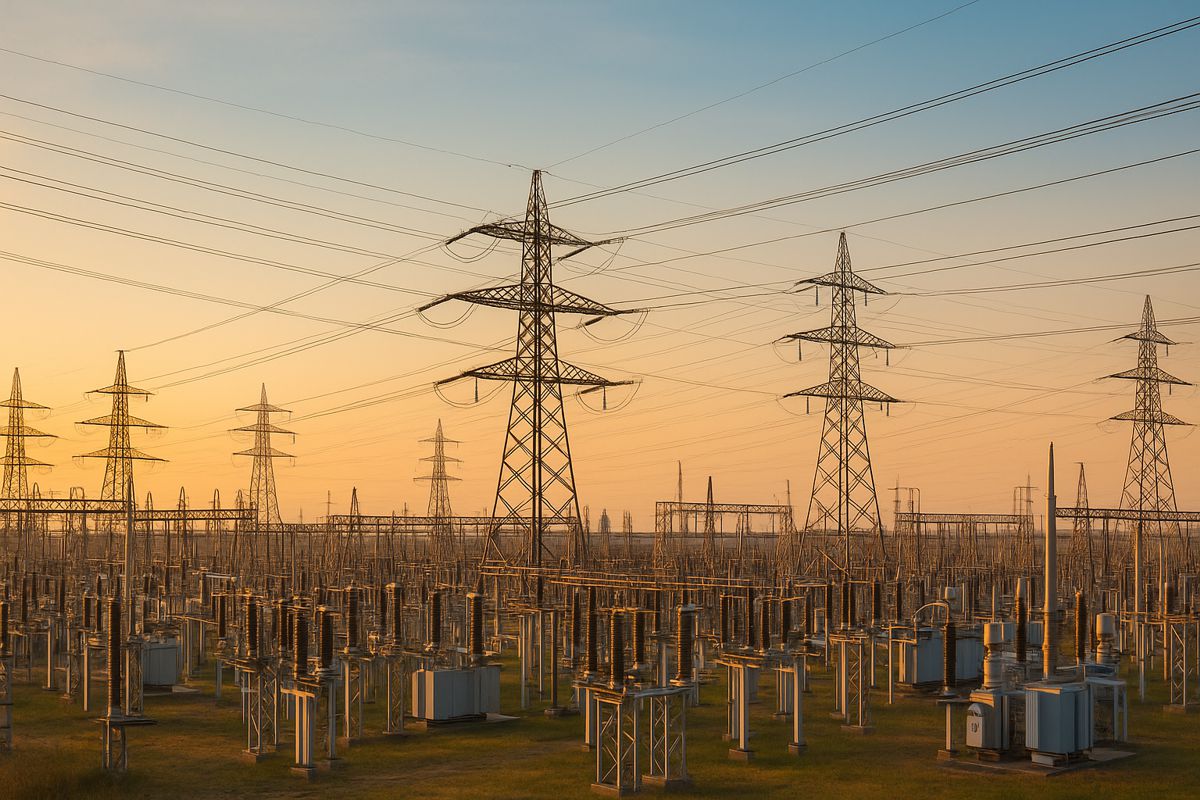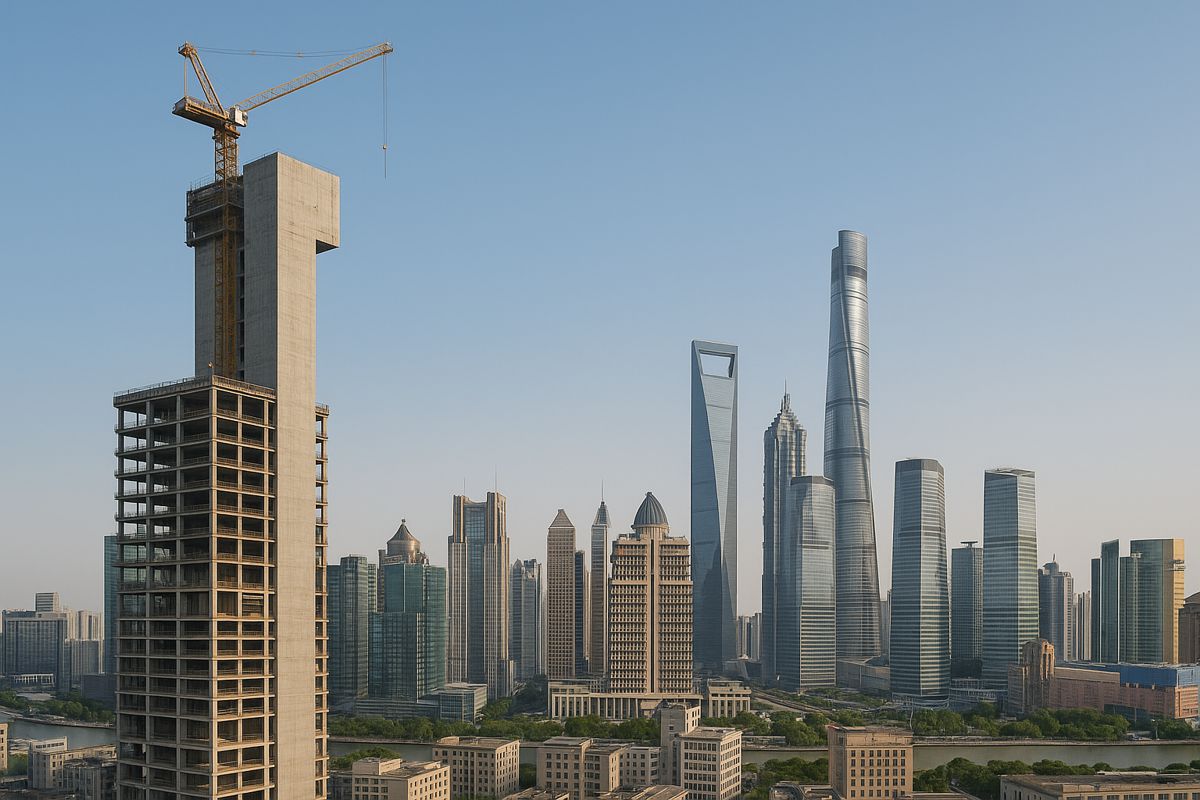Sustainable Plastic Recycling with Continuous Pyrolysis Technology
The global surge in plastic waste is no secret, and nations are scrambling to innovate sustainable solutions. Enter the Korea Institute of Energy Research (KIER), where Dr. Byungwook Hwang’s team has cracked the code for large-scale, efficient plastic recycling through a cutting-edge circulating fluidised bed (CFB) pyrolysis process.
This revolutionary approach not only tackles the scalability limitations of conventional methods but also enhances the quality of pyrolysis oil, paving the way for a greener, more sustainable future.
A World Drowning in Plastic
The pandemic ushered in a tidal wave of plastic waste, from packaging to disposable masks. Governments worldwide have doubled down on recycling strategies, recognising that traditional landfill or incineration methods are no longer viable. In South Korea, the stakes are even higher. The government has set an ambitious goal: ramp up annual plastic pyrolysis from 10,000 tonnes to a staggering 900,000 tonnes by 2030.
But here’s the snag: existing technologies, like the kiln-based pyrolysis method, simply can’t handle that kind of volume.
Understanding Pyrolysis
Pyrolysis, in essence, is the thermal breakdown of plastics into reusable by-products—gases, oils, and solids. The oil, known as pyrolysis oil, can be repurposed for manufacturing new plastics, fuels, and high-value chemicals like BTX (benzene, toluene, and xylene).
However, South Korea’s prevalent kiln-based pyrolysis faces critical challenges:
- Scalability Issues: Limited to processing just 20 tonnes per day due to inefficient heat transfer.
- Operational Inefficiency: Requires frequent pauses to remove waste residues.
- Energy Dependence: Continuous external heat supply makes it resource-intensive.
Clearly, achieving the ambitious 900,000-tonne target demands an innovative leap.
The Game-Changer in Pyrolysis
Dr. Hwang’s team at KIER has introduced a paradigm shift by integrating circulating fluidised bed (CFB) technology, often used in coal-fired power plants, into the pyrolysis process. This system employs high-temperature sand as a heat carrier, creating a seamless loop of heat transfer that ensures uninterrupted operations.
How It Works:
- Heat Circulation: Catalysts, heated in a combustion reactor, transfer thermal energy to the pyrolysis reactor.
- Continuous Operation: Residual waste from the pyrolysis reactor is incinerated in the combustion reactor, reheating the catalyst for reuse.
- Scalability: Unlike the kiln method, the CFB process enables efficient heat distribution, even in larger systems.
Dr. Hwang emphasised: “The most significant achievement of this study is the design and development of a technology capable of continuously processing waste, including plastic waste, through pyrolysis.”
The Numbers That Speak Volumes
In trials, the KIER team successfully processed up to 100 kilograms of waste plastics daily. When handling solid recovered fuel (SRF)—a by-product of municipal waste—the system demonstrated remarkable efficiency.
Yields were 37% higher than conventional methods, and the resulting pyrolysis oil boasted an impressive 45% light fraction content, doubling its usability in high-value industrial applications.
Why This Matters:
- Higher Yield: More output from the same input reduces waste and maximises resources.
- Superior Quality: Enhanced light fraction content means better fuel and chemical production.
- Versatility: The process isn’t just limited to plastics but extends to SRF, broadening its impact.
Implications for the Circular Economy
KIER’s innovation directly supports South Korea’s broader sustainability goals. By enabling the recycling of mixed plastics and household waste into high-quality pyrolysis oil, this technology tackles multiple challenges:
- Reducing Landfill Dependency: Diverting plastics and SRF from landfills cuts down on environmental pollution.
- Fostering Energy Independence: High-quality pyrolysis oil can replace fossil fuels in various industries.
- Promoting Circularity: Turning waste into resources aligns perfectly with circular economy principles.
Moreover, the process eliminates the need for a continuous external heat source, significantly reducing operational costs and carbon emissions.
Challenges and Future Prospects
While this breakthrough marks a significant milestone, scaling the technology from a lab setting to commercial applications presents its own hurdles. Investment in infrastructure, public-private partnerships, and regulatory support will be crucial to realise its full potential.
Additionally, global adoption will require tailoring the technology to meet varying waste management systems and energy requirements.
A Step Towards Global Recognition
The significance of this research hasn’t gone unnoticed. Published in the prestigious Chemical Engineering Journal (Impact Factor: 13.3), KIER’s study sets a benchmark for innovation in waste management and sustainability.
As nations grapple with mounting waste, KIER’s solution offers a scalable, efficient, and eco-friendly alternative. Dr. Hwang summed it up best: “This core pyrolysis technology is highly suitable for achieving Korea’s waste plastic pyrolysis targets, as it enables the processing of large volumes of waste plastics while producing high-quality pyrolysis oil.”
Driving Towards a Sustainable Tomorrow
KIER’s pioneering work underscores the power of innovation in addressing global challenges. By transforming plastic waste into valuable resources, this breakthrough not only supports South Korea’s sustainability targets but also serves as a blueprint for other nations.
This isn’t just about recycling; it’s about rethinking how we approach waste altogether. As this technology gains traction, it holds the promise of a cleaner, greener future—where waste becomes wealth and every molecule finds a purpose.
